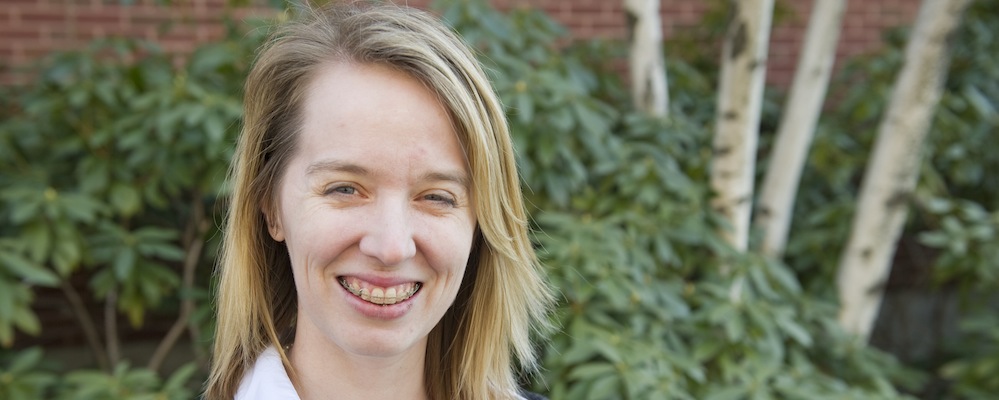3Qs: Catching the copier

A well-respected German defense minister resigned recently after he admitted that parts of his 2006 doctoral thesis repeated passages by other authors without proper citation. These days, copying and pasting makes it easier than ever to plagiarize, especially in academia, where papers, projects and dissertations are written every day. Brenda Berkelaar, a professor of communication studies at Northeastern, clarifies what plagiarism is, how to prevent it, and how the short-term repercussions can have lasting effects.
What is plagiarism, and how can you recognize it?
Plagiarism occurs when an author, or a group of authors, represents someone else’s words, data, photos, music, sounds or other information as their own creation or work; that is, the author fails to cite the original author(s) of the works from which the information is garnered.
People often think of plagiarism in terms of copying small or large sections of papers; however, plagiarism can also occur in theatrical, video and other visual and auditory contexts.
Some common, but by no means foolproof, strategies for detecting plagiarism include sudden shifts in the quality of writing, photography or presentation within or across projects, particularly if the voice of the author changes dramatically. Projects that include few or no citations also might indicate that students are unaware of the need to cite or may have intentionally failed to cite. Many faculty now use digital tools such as TurnItIn, a service that reviews papers for copying, or search engines like Google to search for duplicated phrases, sentences, paragraphs, images, sounds, or other information. These digital tools still require evaluation to determine their accuracy.
Is there any way for universities to prevent plagiarism?
There are a number of proactive strategies that may help prevent plagiarism. These work best when reinforced across the curriculum. At a basic level, students need to learn not only what plagiarism is, but also how to identify it in their own and others’ work. Students need to learn proper citation, so they can use other people’s words, ideas and data appropriately, and in a manner that enhances their academic credibility.
Time and project management skills, including strategies for gathering and organizing references and associated information, can help students avoid including others’ work without appropriate citation, and more importantly avoid the pressure of last-minute deadlines that increase the likelihood that a student will plagiarize. Additionally, students can also use TurnItIn, which allows them to submit documents multiple times to be able to evaluate their own work prior to submitting it to their professor.
Generally speaking, what are the repercussions for a student who gets caught plagiarizing? If they get away with it, how might their potentially underdeveloped research skills later affect them and the workforce at large?
In some cases, plagiarism does result from undeveloped research and writing skills. In other cases, it is a more deliberate act. Within academic contexts, students may fail the assignment, the course or in some situations be expelled. In the professional world, representing another’s ideas or information as one’s own undermines trust within and across an organization’s divisions; more significantly, it may cost an individual his or her job. It can also undermine an individual’s reputation, and not just in the short term.
In the long term, plagiarism may affect whether or not an individual gets offered that next job or promotion, or even whether the individual is able to stay in a particular career or field. In addition to tarnishing the integrity of the individual, plagiarism tarnishes the credibility and reputation of their employer, and in terms of the bottom line, it may result in costly fines or legal battles.




